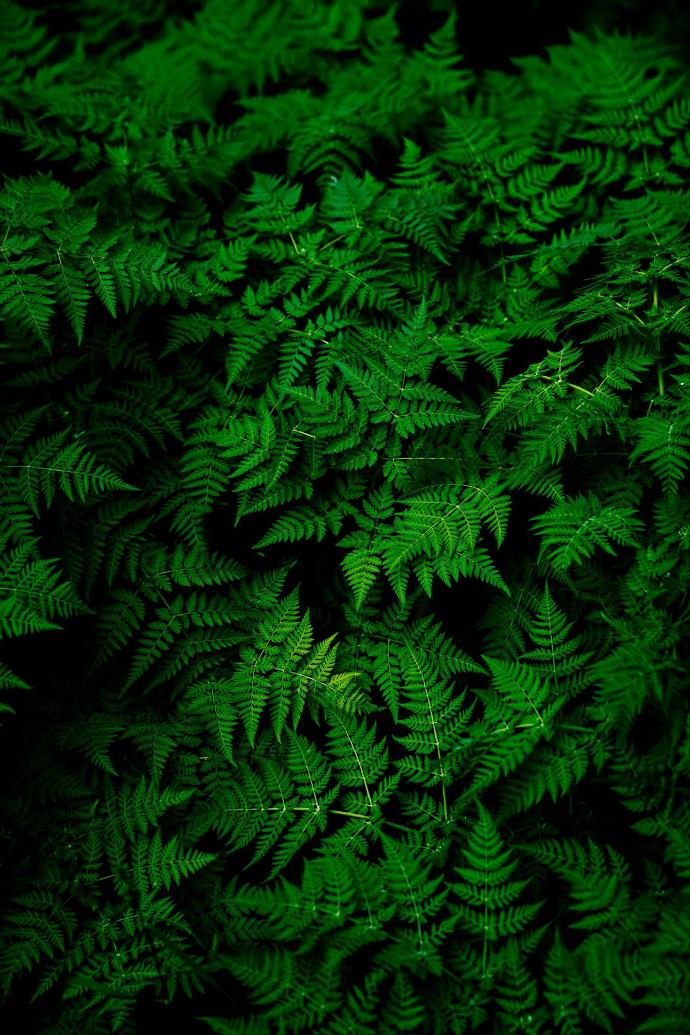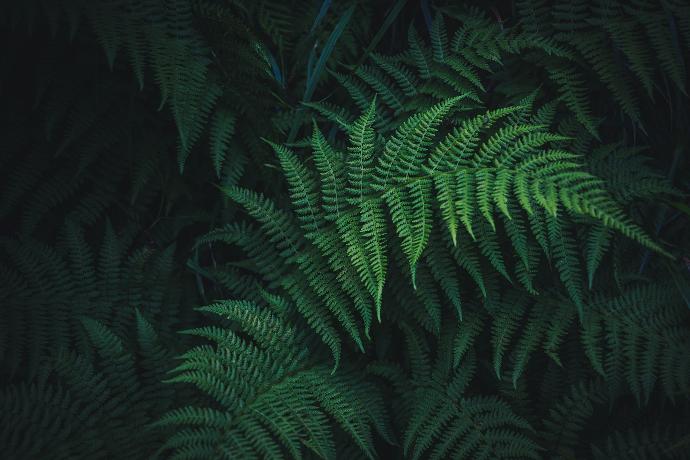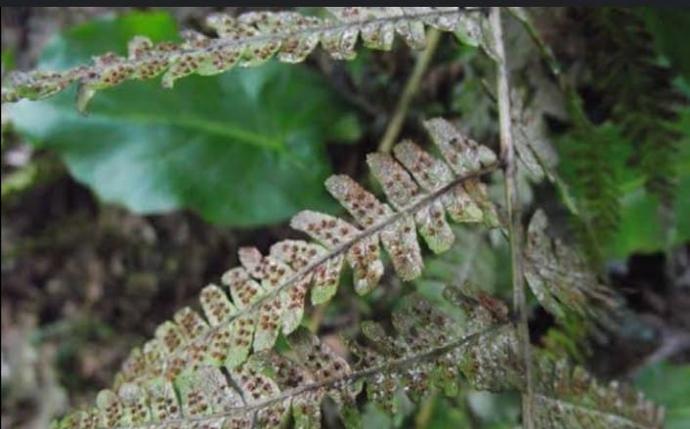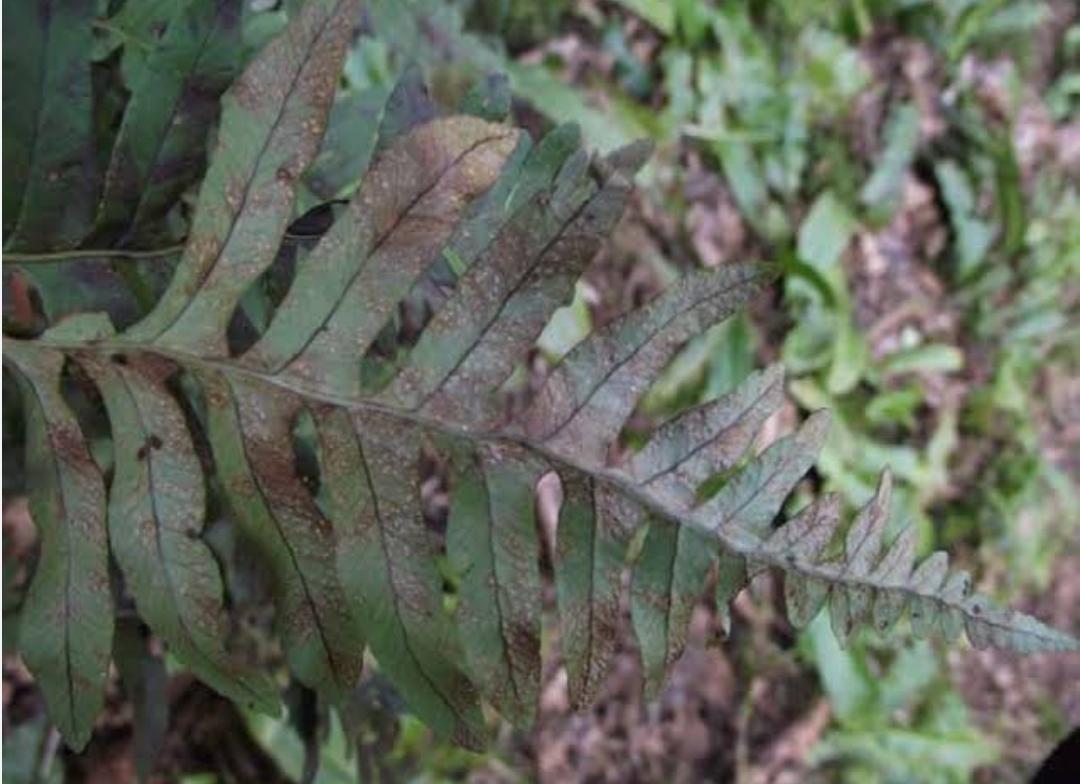Crest Fern Plant
Crest Fern, a specific fern variety, may have varying care requirements. Generally, plant in well-draining soil and provide bright, indirect light. Keep the soil consistently moist and mist the leaves for humidity. Pruning helps maintain a tidy appearance.

Habit
Fern
Height
40 to 60 cm
Growth
Moderate
Soil
Moist, well-drained, acidic
Shade
Indirect light to shade
Moisture
Moist
Edible
No
Medicinal
No
Origin
North America
Climatic Condition
Cool, moist
Temperature (°)
15 to 25°C
Humidity (%)
70 to 90
Potting media
Peat and perlite
Fertilizers
Balanced fertilizer
Watering
Keep moist
Plant Weight
100 to 200 g
Flowering Time
Spring to Summer
Soil Ph level
5.5 to 6.5
Water Ph level
6.0 to 7.0
Soil EC
Low
Yield Per Plant
N/A
NPK ratio
10:10:10
life Span
Perennial
Health Benefits
Ornamental fern, used in shaded garden areas, purifies air.
Suggested Grow Media or Potting Mix ?
50% peat moss, 30% perlite, 20% compost
Suggested Fertigation/Fertilizers
Fertilize every 2 weeks with a balanced, water-soluble fertilizer.
Common Diseases and Remedies
Leaf spot , Rust , Root rot .
Small round brown to orange spots underside of fronds . Decaying of the roots .
Use neem oil .
What Is An Crest fern Tree?
Crested Shield Fern: This fern is a type of hardwood fern with delicate leaves with a comb at the top. Forms vast clumps 1 to 2 feet tall and 2 to 3 feet wide.
Crested Deertan Fern: This evergreen fern has a dense rosette of wide, glossy, tongue-like leaves with a crown feather at the end of each leaf. Grows in moist, humus-rich, well-drained soil and watered regularly.

What Are The Different Types Of Crest fern Plants?
1. Crested Shield Fern
This fern is a type of hardwood fern with delicate leaves with a comb at the top. Forms vast clumps 1 to 2 feet tall and 2 to 3 feet wide.
2. Crested Deertan Fern
This evergreen fern has a dense rosette of wide, glossy, tongue-like leaves with a crown feather at the end of each leaf. Grows in moist, humus-rich, well-drained soil and watered regularly.
3. Swallow's Nest Fern
This fern has a rosette formation of green leaves that grow up to 5 feet long. Indoors it is more compact, about 60 cm long and grows slowly.
4. Maidenhair Fern
This fern is native to North America, the temperate regions of East Asia, and the Himalayas. It has a fan-shaped pattern and has finely wavy leaves.
5. Staghorn Fern
This fern has horn-shaped leaves and grows on other trees and large plants in the wild.

How to care for Crest fern Plants ?
1. Location
Ferns are woodland plants that grow in both bright and shaded areas. It can also tolerate some sunlight as long as there is sufficient moisture.
2. Sunlight
Ferns prefer indirect light. Direct sunlight will burn the leaves, making them dry and brittle.
3. Hydration
Ferns prefer moist soil but not waterlogged. Water your fern every 4-5 days in the summer and every 7-10 days in the winter.
4. soil
Ferns prefer soil rich in organic matter, such as garden compost or leaf mold. Most ferns prefer neutral to alkaline soil, but some ferns require acidic conditions.
5. Nutrition
Feed the fern with liquid fertilizer.

6.Issues
Nutrient Deficiency: Deficiency of essential nutrients can cause leaf browning. Root rot: Overwatering and poor drainage can lead to root rot, which is caused by fungi such as Pythium and Rhizoctonia. Signs include yellowing of leaves, wilting, and poor growth.
What are the Benefits of crest fern Plants ?
FAQs About Growing Crest fern
1.When did ferns first appear?
Ferns are one of the oldest groups of plants on Earth, with a fossil record dating back to the middle Devonian (383-393 million years ago).
2.Are ferns a medicinal plant?
In addition, they have found uses as medicinal herbs. Ferns produce a wide array of secondary metabolites endowed with different bioactivities.
3.Is fern a flowering plant?
Non-flowering plants include ferns, club mosses, horsetails, mosses, lichens, and fungi.
4.Why is it called fern?
A girl's name of Old English origin, Fern derives from the Anglo-Saxon word fearn.
5.How do I identify a fern?
Frond structure and shape are key to fern identification.



